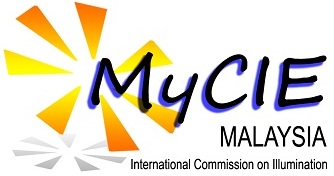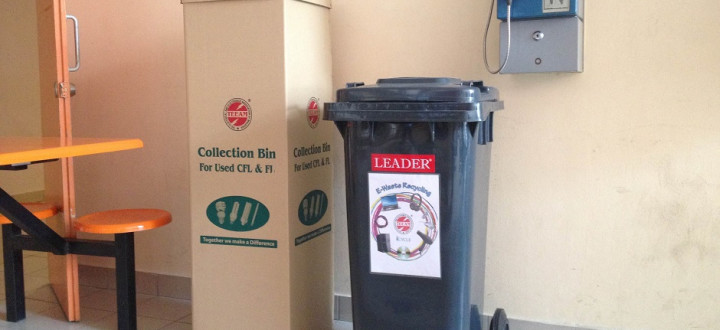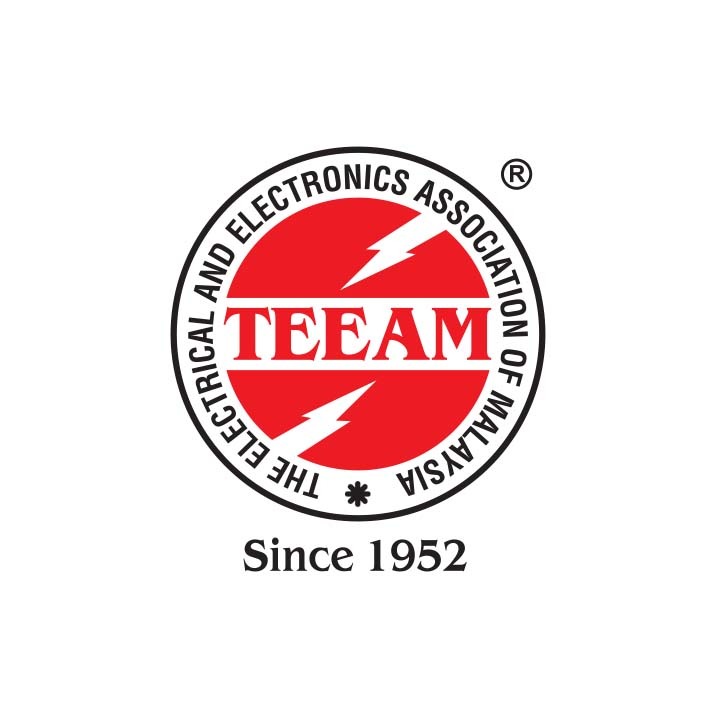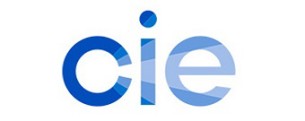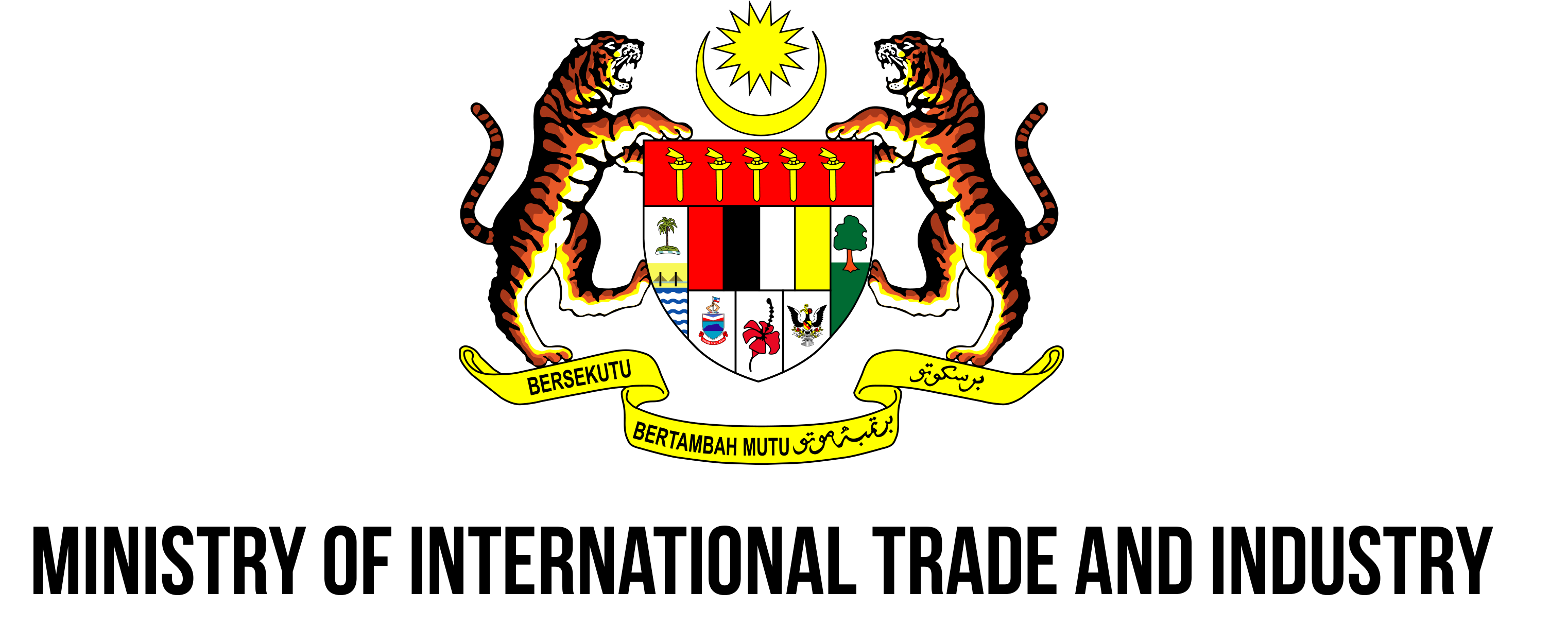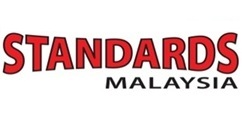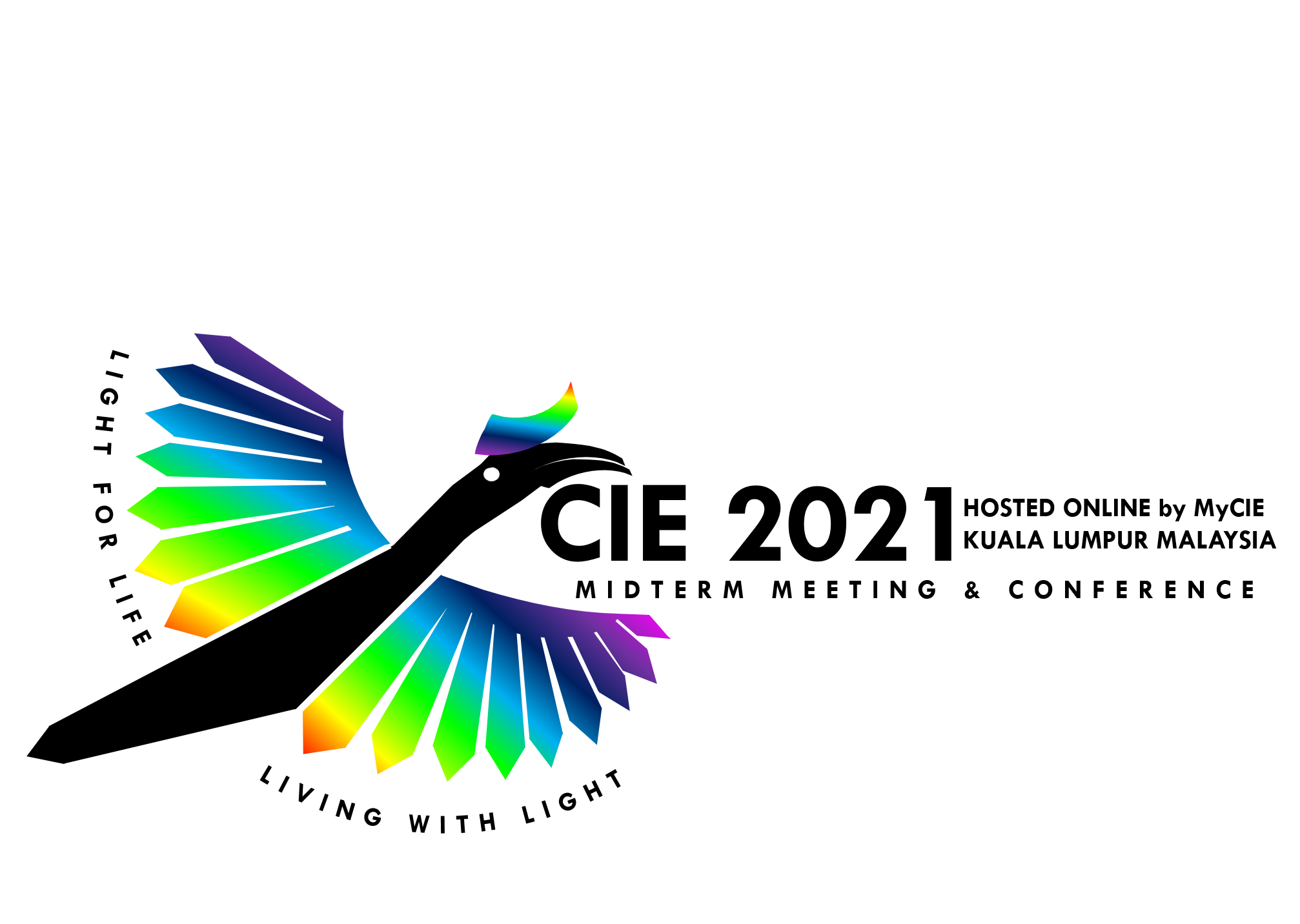KUALA LUMPUR, June 18, 2015:
In a bid to make light bulb recycling more mainstream, the Malaysia International Commission on Illumination (MyCIE) is looking into setting up a dedicated recycling centre.
MyCIE organising committee chairman Dr Tan Ching Seong said this was the third phase of a series of recycling initiatives he and his team had been doing since 2012, alongside raising awareness on the importance of recycling compact fluorescent lightbulbs (CFL), fluorescent lamps (FL) and electronic waste (EW).
“These light bulbs are the most toxic materials in households and offices as they contain mercury.
“In a typical household usage, we don’t use radioactive materials, so one level down is heavy metal — mercury,” he told The Rakyat Post.
The mercury, essential to a bulb’s ability to emit light, is dangerous when these bulbs break as the mercury is emitted in the form of vapour that is toxic.
“The primary purpose of this programme is to provide a seamless process in recycling of EW, CFL and FL.
“This will minimise the harmful effects of this technology to humans and environment.
“Secondly, we wish to provide a high-level global forum for scientists, engineers, educators and students to address new challenges, share solutions, and discuss future directions in EW, CFL and FL technology.”
Tan is also the associate professor of the Faculty of Engineering at Multimedia University.
The journey to this initiative was not an easy one, he shared, saying they started off in 2013 after receiving funding through the Small Grants Programme (SGP) from Global Environment Facility (GEF), that is administered by the United Nations Development Programme (UNDP).
They began by setting up collection bins for the light bulbs in residential and office areas.
The bulbs collected were given to Kualiti Alam, the only recycling contractor that treated the bulbs.
“It was a failure because no one approached the collection centres. Then, in our second phase, we were a little smarter by approaching schools and it turned out better.
“We showed examples of how bad it was and told the students to go home and bring to school the next day their old light bulbs.
“We saw that children had quite an influence on their parents.”
Tan said in this third stage, they hoped to be able to build an affordable facility that would eventually allow them to regularly recycle light bulbs.
“When we recycle the bulbs, the glass and fluorescent powder can be reused. The mercury vapour, which is the most toxic, can also be reused.”
In making the recycling centre a reality, MyCIE is conducting the Electronics Waste, Compact Fluorescent Lamp and Fluorescent Lamp Recycling Programme for four years from June 15 this year to bring in sponsors.
Activities such as conferences and dialogues will also be held with interested parties throughout the programme.
